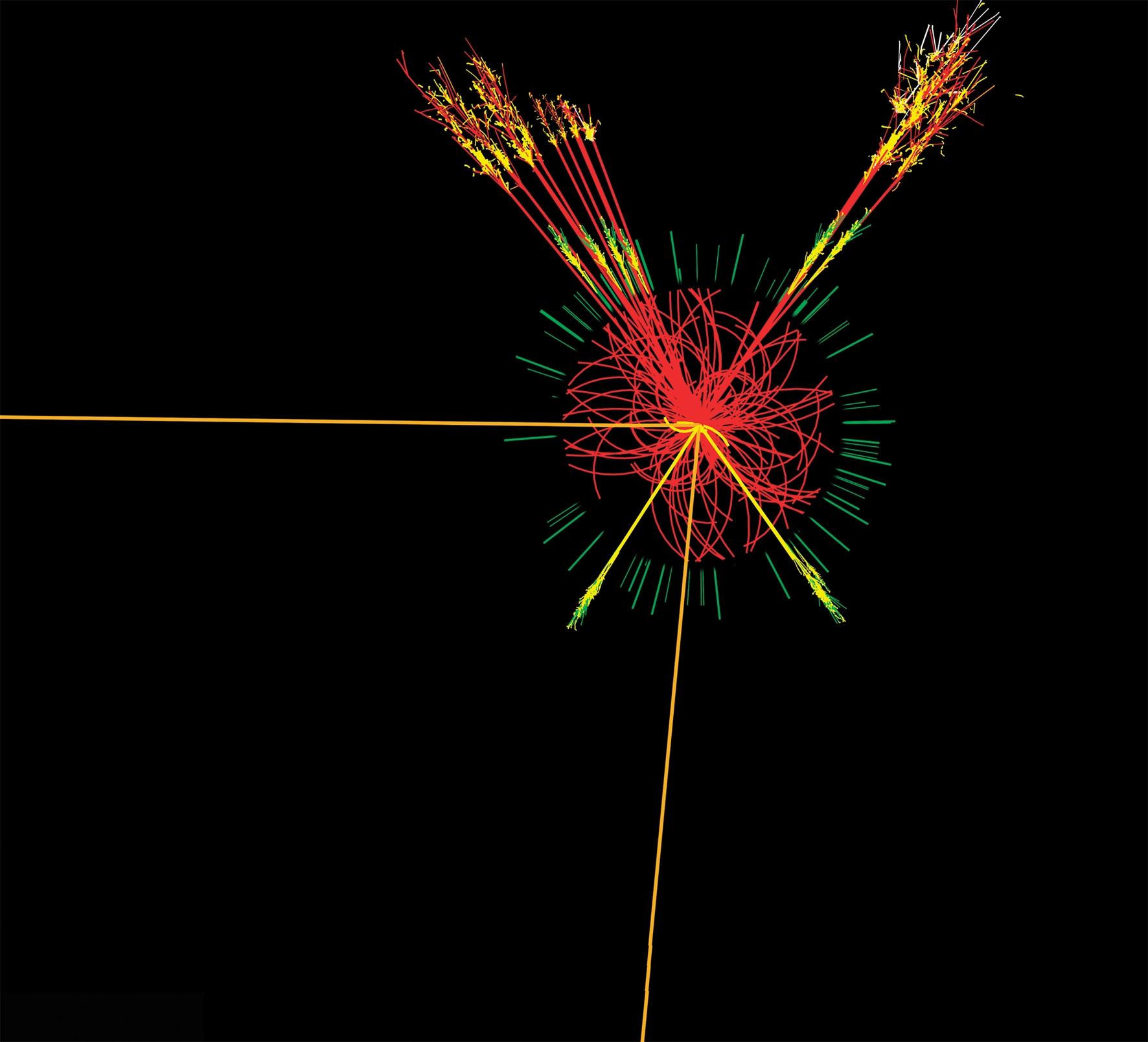Weizmann Institute Professor Eilam Gross called it the ‘biggest day of his life’ following the announcement by the CERN research center that scientists there detected a new particle – they believe is the Higgs boson.
“This is the biggest day of my life. I have been searching for the Higgs since I was a student in the 1980’s. Even after 25 years, it still came as a surprise. No matter what you call it – we are no longer searching for the Higgs but measuring its properties. Though I believed it would be found, I never dreamed it would happen while I was holding a senior position in the global research team,” said Gross, the ATLAS Higgs physics group convener.
The Higgs boson is also called the ‘God Particle’ as it is a subatomic particle believed to be key to the formation of stars, planets and eventually life.
Earlier this year, physicists at the Large Hadron Collider (LHC) announced that they found promising signs for the existence of the elusive particle.
Data released today from the LHC’s Compact Muon Solenoid (CMS) and ATLAS experiments confirms the presence of a particle consistent with the properties of Higgs boson.
The Higgs boson is the final building block that has been missing from the Standard Model, which describes the structure of matter in the universe. The Standard Model describes 12 fundamental particles. Eleven particles predicted by the model have been found and scientists knew that finding the Higgs would validate the model.
The international research team at CERN included 11 Israeli scientists from the Weizmann Institute, Tel Aviv University, Technion Institute and Hebrew University of Jerusalem.
Weizmann Institute scientists, headed by Prof. Giora Mikenberg, developed unique particle detectors. These detectors have been adapted to detect muon particles. In some of the very rare collisions that produce Higgs particles, the footprint of the Higgs particle – that which is recorded in the detectors – is four energetic muons. Therefore, the detection of such muons provides circumstantial evidence for the existence of the Higgs particle.
The scientists analyzed data from a thousand trillion proton collisions.
The calculations carried out by scientists in recent weeks, in which Prof. Gross played a central role, showed a new particle with a mass similar to the expected mass of the Higgs. Weizmann researchers said the wording is purposely cautious, leaving room for the possibility that a new particle other than the Higgs can be found within this mass range. The probability that this is a new particle is quite low. But if it were a different particle, say some physicists, things will start to get “really interesting.”














